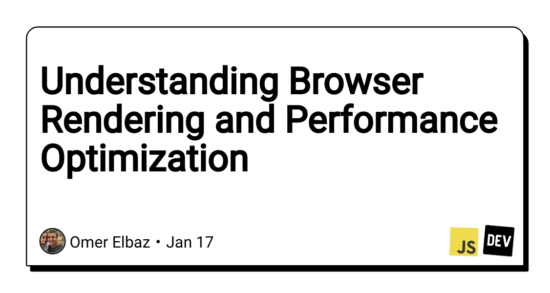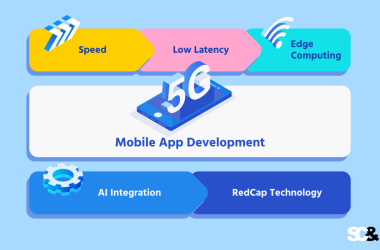What is the rendering process?
The rendering process begins when the browser loads HTML and CSS files. The browser then parses these files and renders the content on the screen. The process of loading and rendering content is known as the “critical rendering path”. To optimize the rendering of a page, developers need to understand how the browser processes HTML and CSS, and how to optimize the loading and rendering of resources.
How can I optimize my website’s rendering performance?
The first step in optimizing the rendering process is to minimize the number of HTTP requests. The more requests a browser has to make, the longer it will take to render the page. One way to reduce the number of HTTP requests is to use a content delivery network (CDN). A CDN is a network of servers that deliver content to users based on their geographic location. By using a CDN, you can ensure that users will receive content from the server closest to them, which will minimize the number of HTTP requests and improve page load times.
Another way to reduce the number of HTTP requests is to use CSS sprites. A CSS sprite is a single image that contains all of the images used on a web page. By using a CSS sprite, you can reduce the number of HTTP requests because the browser only has to load one image file.
The second step in optimizing the rendering process is to minimize the size of HTML, CSS, and JavaScript files. The larger these files are, the longer it will take for them to be downloaded and parsed by the browser. One way to reduce file size is to minify HTML, CSS, and JavaScript files. Minification is the process of removing unnecessary characters from code, such as whitespace, comments, and newlines. Minifying HTML, CSS, and JavaScript files can reduce file size by up to 70%.
The third step in optimizing the rendering process is to optimize images. Images are often one of the largest resources on a web page, and they can take a long time to download. There are several ways to optimize images:
Use lossless compression: Lossless compression reduces file size without reducing image quality. Lossless compression algorithms include PNGOUT and Deflate/Inflate.
Use lossy compression: Lossy compression reduces image quality in order to reduce file size. Lossy compression algorithms include JPEG and WebP.
Resize images: Resizing images before they are loaded can reduce download time and improve page performance.
Use responsive images: Responsive images are images that are sized based on the width of the user’s device or screen. This ensures that users only download images that are appropriate for their device or screen size, which improves performance
What are some common rendering issues?
Page flickering is caused by the browser redrawing the page too frequently. This can happen when the page is constantly changing, such as when a user is scrolling through a feed. “Jank” is similar to flickering, but it occurs when the browser doesn’t redraw the page fast enough. This can cause the page to appear “laggy” and can make it difficult to interact with. Forced synchronous layout is when the browser has to wait for all resources to load before it can render the page. This can cause a significant delay, especially on slow connections.
There are a few things that can be done to avoid these issues. First, make sure that only necessary elements are being updated frequently. Second, use CSS animations instead of JavaScript for any animations that need to be performed. Finally, use preloading and caching strategies to improve performance.
How do I troubleshoot rendering issues?
Rendering issues can be caused by a variety of factors. Sometimes, the problem is with the website itself and can be resolved by clearing your cache and cookies or using a different browser. Other times, the problem may be with your computer or internet connection. If you’re having trouble troubleshooting the issue, contact your website administrator or the person who designed your website for help.
If you’re looking to improve your website’s rendering and performance, there’s a lot to learn – but it’s worth it! By understanding how browsers work and what they need to render a webpage, you can make sure your site is fast, efficient, and looking its best.
Check out our website at
Join the discussion in our
Test your API for free now at BLST!




